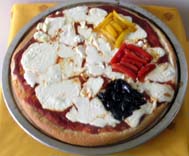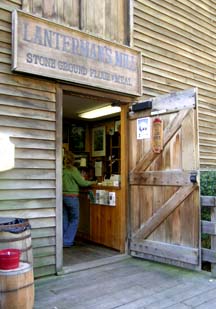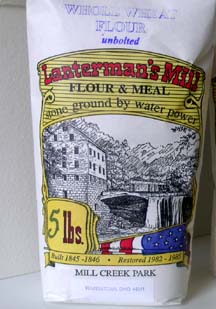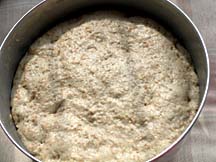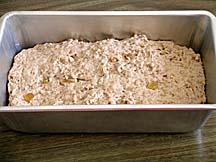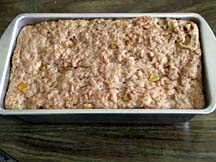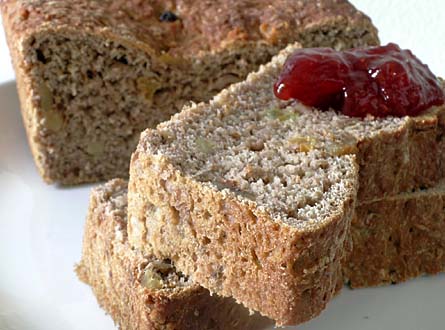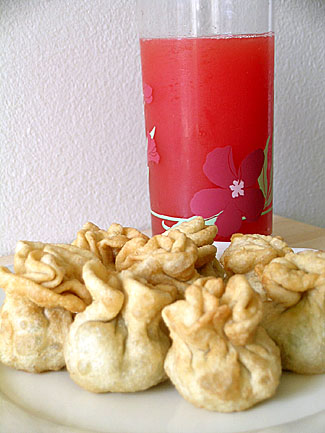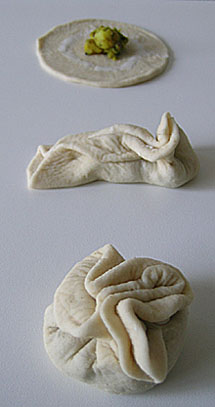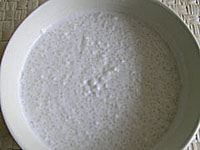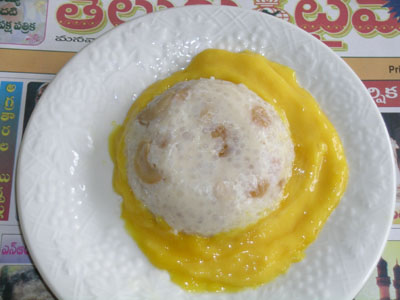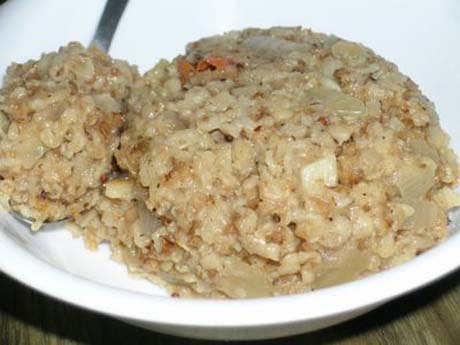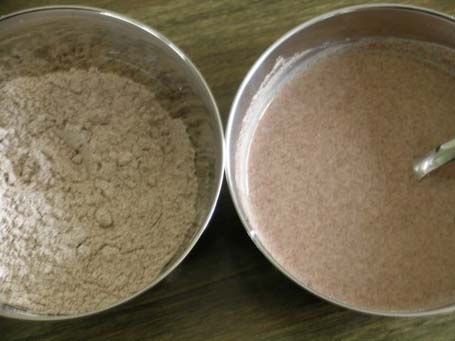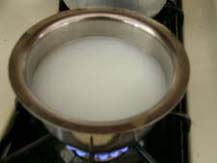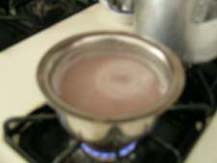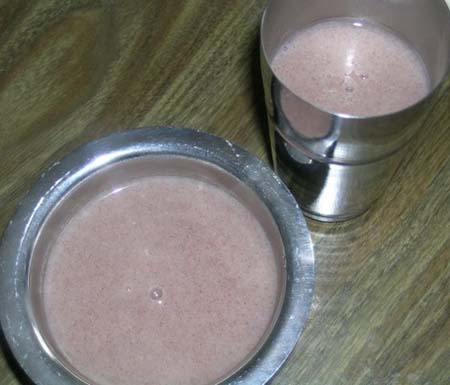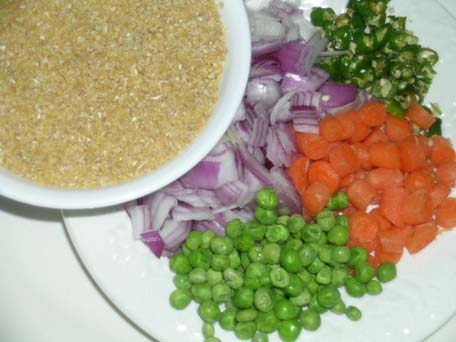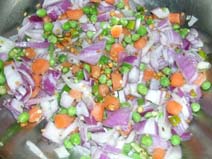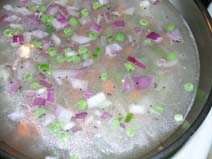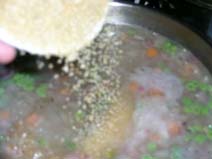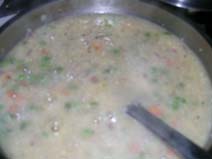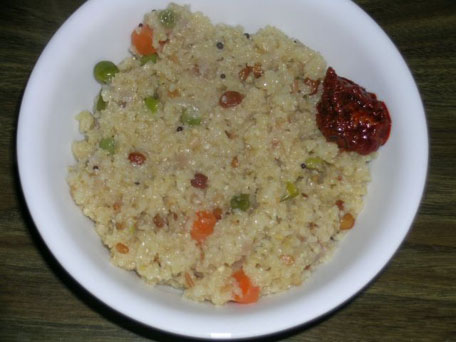“Heavenly” – that’s how I remember Indian mangoes. “Damn…” That�s what comes out of my mouth, whenever I buy mangoes here. Mangoes available here look big and bulky and if you cut them open, there won’t be rich yellow color, there won’t be any heavenly aroma, and the less said the better about the taste. The product of poor soil and excessive fertilizer use. Well, that’s what we get here. At first, the taste was a shock, then over the time we began to ‘appreciate’ the poor taste of mangoes, of course we don’t have a choice.
Whenever I crave Indian mangoes, out comes the treasured family recipe, mango halwa. Preparing like halwa intensifies the mango flavor. In this recipe, mango puree is cooked with toasted semolina in sugar syrup. The result – rich yellow color is back, heavenly taste and aroma of mangoes that we remember from India is there. Also milk free and relatively low calorie. A little bit different than how the regular halwa is prepared, this favorite of mine is more like – mango flavored ravva kesari.
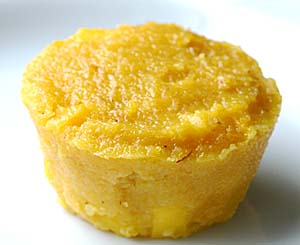
A delight to the senses – mango halwa
Recipe:
3 ripe mangoes or 6 cups of cut mango (3 Costco/Samsclub kind of mangoes)
½ cup fine semolina (Suji ravva works fine too)
¼ to ½ cup sugar (add less or more according to the mango sweetness)
1 tablespoon of melted ghee
3 cardamom pods – seeds finely powdered
1 cup of water
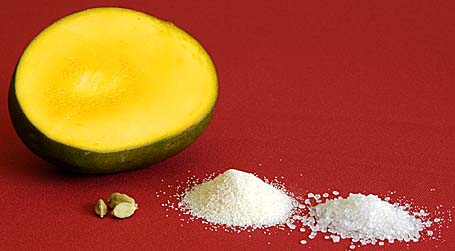
1. Peel the mangoes, cut them into cubes. Keep a quarter-cup of finely cubed mango aside. Take the remaining mango in a mixer, blend into fine, smooth puree, without adding water.
2. Heat a half tablespoon of ghee in a skillet, add and lightly toast semolina, just until it leaves raw smell. Remove and keep it aside.
3. In a thick bottomed, wide pan, take water and sugar. Heat them slowly until the sugar melts. Then increase the heat to bring the mixture to a boil. Wait for sugar syrup to thicken a bit and stir in blended mango puree and toasted semolina. Cook the mixture, on medium heat, stirring in-between to prevent sticking, until the mixture reduces by one third. It takes at least 20 minutes. At this stage, sprinkle the cardamom powder and finely cubed mango pieces that were kept aside. Stir, stir…for 2 to 3 minutes and then turn off the heat.
4. Coat a pan or tray with melted ghee and spoon the cooked halwa into the pan. Allow it to cool (halwa thickens further as it cools) and cut into squares. Remove and serve.
Mango halwa tastes great warm or cold. This time, I spooned it into muffin cups for individual sized servings and kept the muffin pan in the refrigerator for about one hour.
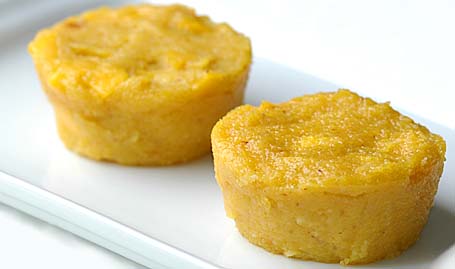
Celebrating spring with mango halwa ~ For this week’s Indian Sweets 101.
Makes about 6 regular sized muffin cup portions.
Recipe Source: family
Kitchen Notes: Prepare it with fresh ripe mangoes. Fresh mango puree tastes better and the fiber etc., when cooked contributes to faster thickening of halwa. For this reason avoid store bought watery and preservatives added mango concentrate to prepare this sweet.
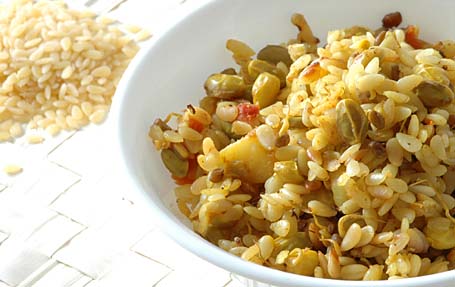
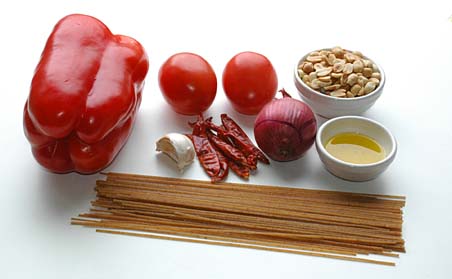
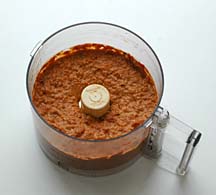
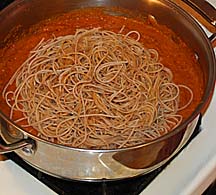
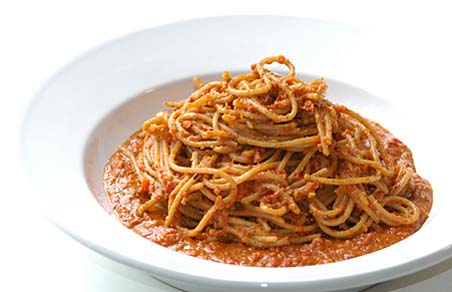
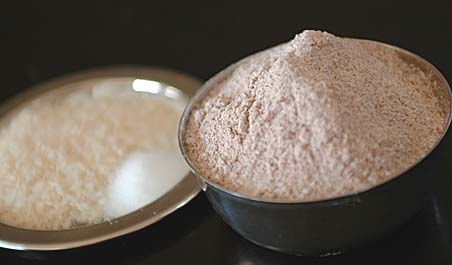
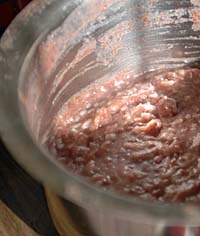 soft. When the rice is soft, add – just pour or dump ragi flour into the pot. Donot stir now, this is the way folks back at home cook. Cover and put this mixture on medium heat for few minutes until the steam lifts the plate covering the pan. Remove the cover. Using a wooden masher or whisk, stir the ragi-rice mixure vigorously and thoroughly until you see no lumps.
soft. When the rice is soft, add – just pour or dump ragi flour into the pot. Donot stir now, this is the way folks back at home cook. Cover and put this mixture on medium heat for few minutes until the steam lifts the plate covering the pan. Remove the cover. Using a wooden masher or whisk, stir the ragi-rice mixure vigorously and thoroughly until you see no lumps.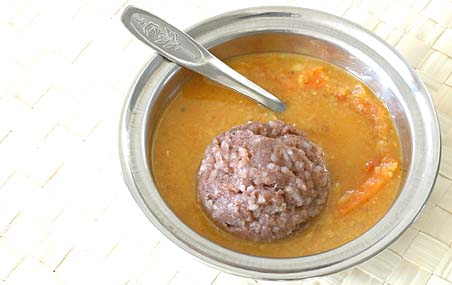
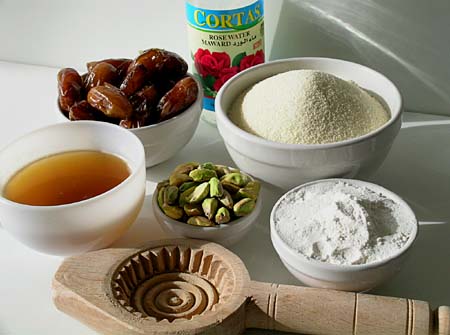
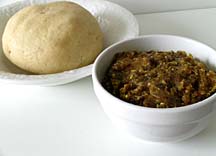
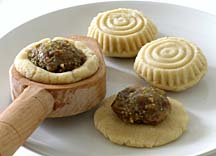
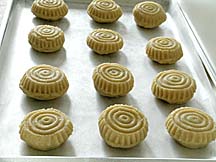
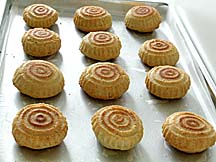
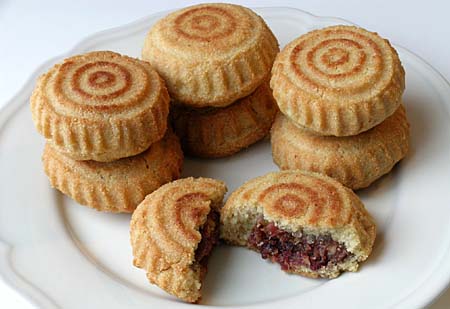
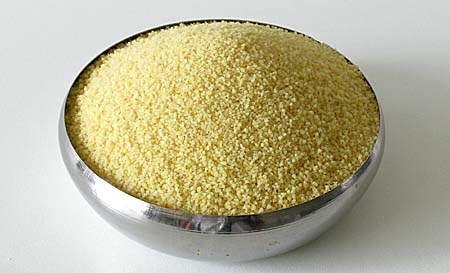
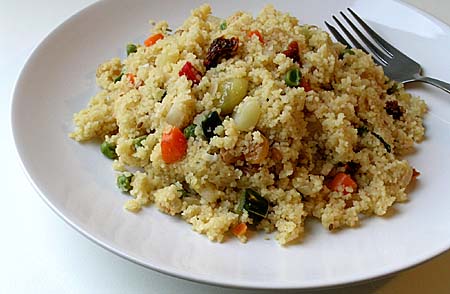
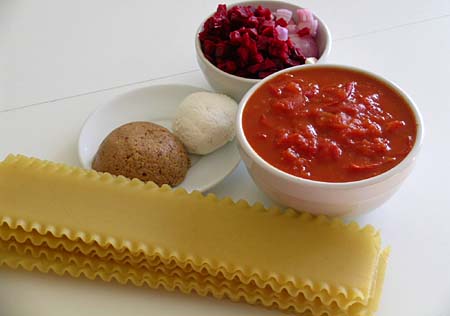
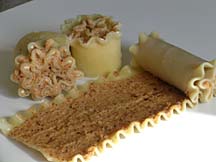
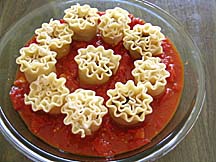
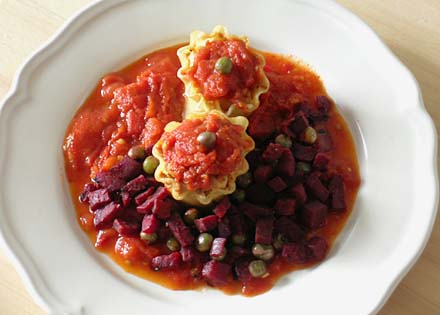
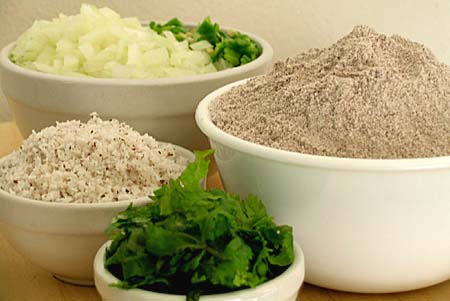
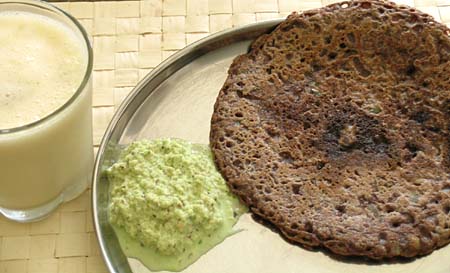
 I consider
I consider 